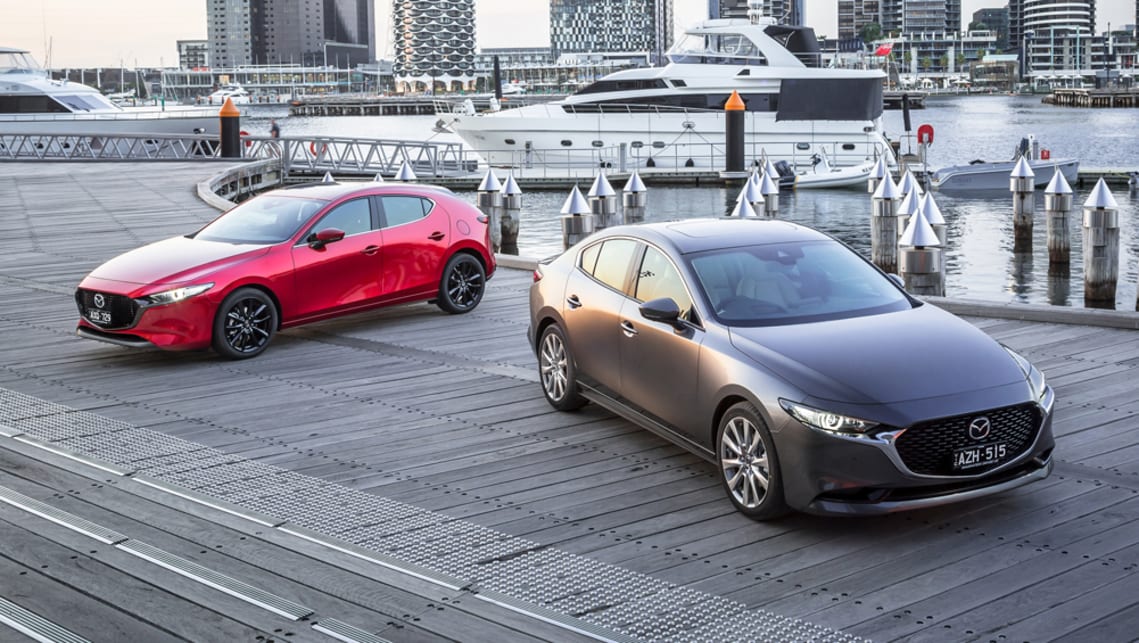Your cart is currently empty!

Which car brand is best for aftersales customer service?
Mazda has once again topped the annual JD Power Customer Service Index Study, the brand’s fourth consecutive win of the aftersales award that assesses buyer satisfaction.
This year, the average score lifted 24 points to 788, with Mazda topping the table with a score of 819 to beat out Toyota (799), Honda (793) and Hyundai (790).
Subaru (789) and Ford (788) also scored above the average, while Nissan (783), Volkswagen (781), Suzuki (777), Holden (770), Jeep (769), Kia (766) and Mitsubishi (761) performed below the industry norm.
As for premium brands, Audi topped the charts with a score of 802, while Mercedes-Benz (796) and BMW (790) both tallied below the luxury average of 798.
The study also revealed that customers are much more satisfied when greeted immediately by a service advisor when bringing in their car, while a quick completion of post-service paperwork is also appreciated.
Satisfaction was also higher for service advisors who knew the vehicle’s aftersales history and for those dealer employees who explained work to the customer before carrying it out.
Other key findings include customers being happier if their vehicle settings and controls remain unchanged during a service, and if they’re informed the next scheduled service.
JD Power Australia director Bruce Chellingworth said the results reveal that customers value a quick and easy service experience.
“It is evident that aftersales customers want a quick and efficient drop-off and pick-up process,” he said.
“At the heart of it, dealers must still ensure that service advisors build trust with their customers. Throughout this challenging year for the Australian automotive industry, mass market brands have increased their customer satisfaction level for the service experience.
“As mass market brands improve their service levels, facilities and processes, luxury brands need to re-emphasis their difference and value proposition.”
The JD Power Customer Service Index Study is based on 5624 mass market and 540 luxury vehicle respondents who purchased a new vehicle between February 2014 and June 2019.
by
Tags:

Leave a Reply
You must be logged in to post a comment.